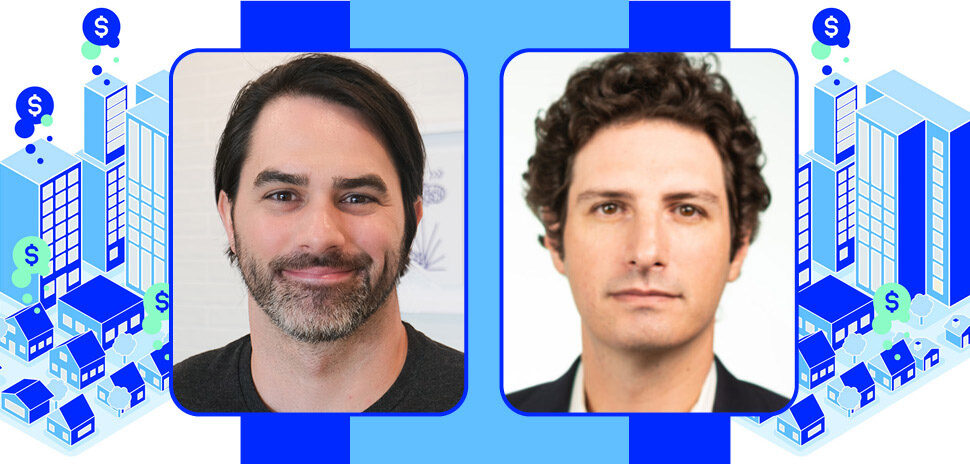As 2020 began, high-tech companies had busy, vibrant offices with e-scooters buzzing between the desks. Then COVID-19 hit: buildings emptied, and a new paradigm began. That may not completely change after the pandemic ends, ESRP’s Susan Arledge says. So her firm is exploring how CRE can be transformed, through everything from repurposing space to robotics to business-friendly tax and regulatory environments.
Arledge, the executive managing director of site selection at ESRP, told us brokerage firms are pivoting, evolving, and finding new opportunities.
One of the commercial real estate experts featured in “21 on 2021,” read her take on the coming year in our Q&A.
 What opportunities and challenges do you see in CRE for the high-tech industry in the coming year?
What opportunities and challenges do you see in CRE for the high-tech industry in the coming year?
Risk mitigation will be the driver for the next few years. All companies are reevaluating their business models and operations searching for ways to mitigate future risk, not only in real estate but for labor costs. Large tech companies in areas with high costs of living such as California, New York, New Jersey, and Illinois will be critically evaluating operations in the event there is another or similar pandemic.
How is the pandemic driving change in your business?
It’s likely that many businesses will continue to have employees working remotely even after the coronavirus pandemic ends.
This can be particularly impactful for large tech companies located in Northern California and on the east coast, as companies look to depart these high-cost areas for more affordable communities. Unfortunately, commercial real estate could end up being the big loser as a result of more remote workforces, which is going to drive change in office development.
How is your firm handling the uncertainty?
ESRP, like most brokerage firms, will be continually focused for our clients on how to repurpose real estate that has been impacted by the pandemic. Former retail mall space could be used for last-mile fulfillment centers. Shuttered big-box stores may be prime opportunities for large employee/dense back office or shared service center operations, due to the large amount of parking.
What current projects related to CRE for the high-tech industry are you excited about?
There are four.
- HVAC and air quality. COVID-19 has brought increased scrutiny to improving indoor air quality and cleansing to decrease pathogen spread by recirculating the air.
- Virtual tours. Virtual tours and other technologies will continue to be used to address challenges presented by social distancing requirements. This will extend to touchless entry, social distancing tools, telework communication software, and smart HVAC systems.
- E-commerce. There is a need to diversify every company’s supply chain, lower operating costs, and seek more business-friendly tax and regulatory environments. E-commerce companies can reduce operating costs by as much as 20 percent through robotics and automation, which reduces the people-walking-around time that is so costly.
- China strategy. China is still the world’s second-largest economy with more than 100 cities with a population of more than one million. It’s home to seven of the world’s 10 largest ports. It’s also a very low-cost market, where the average hourly pay for a machine tool operator is around $5/hr compared to $26/hr in the U.S. Firms are now looking at automation in the US as well as looking to Mexico to help offset higher wage costs.
The interview has been edited for brevity and clarity. A version of this story first published in the Fall 2020 edition of the Dallas-Fort Worth Real Estate Review.
Sandra Engelland contributed to this report.
Read the digital edition of Dallas Innovates’ sister publication, the Real Estate Review, on Issuu.
Sign up for the digital alert here.
![]()
Get on the list.
Dallas Innovates, every day.
Sign up to keep your eye on what’s new and next in Dallas-Fort Worth, every day.
Get on the list.
Dallas Innovates, every day.
Sign up to keep your eye on what’s new and next in Dallas-Fort Worth, every day.































